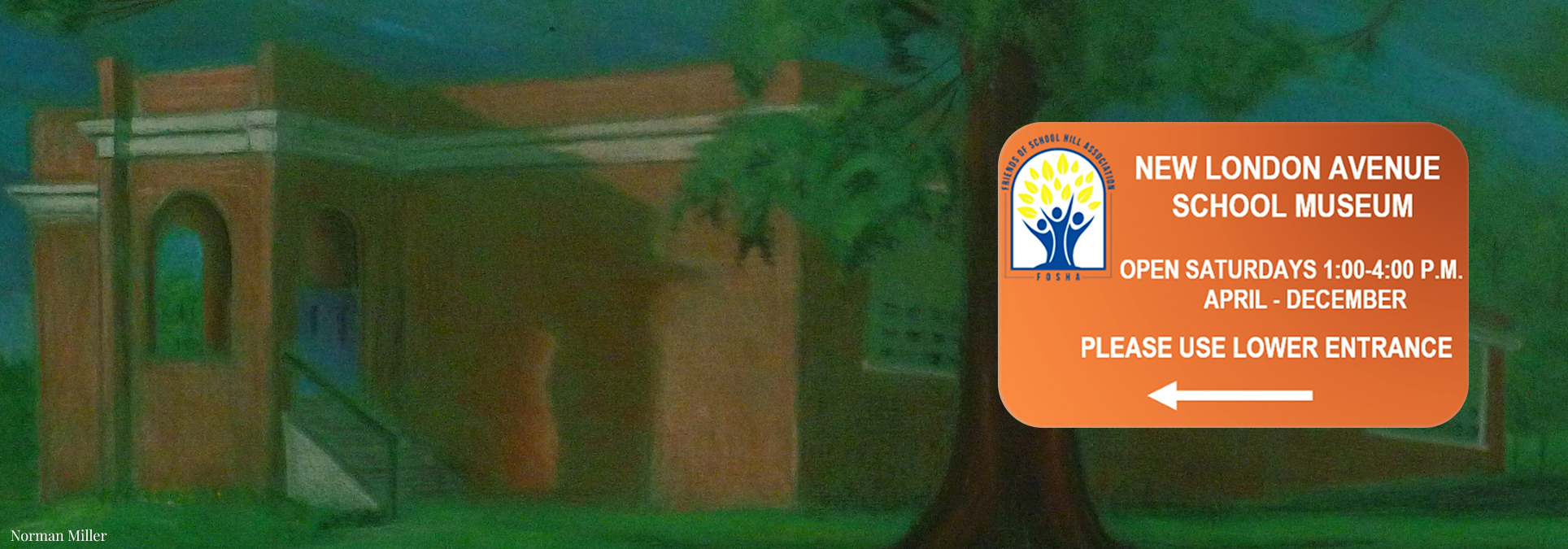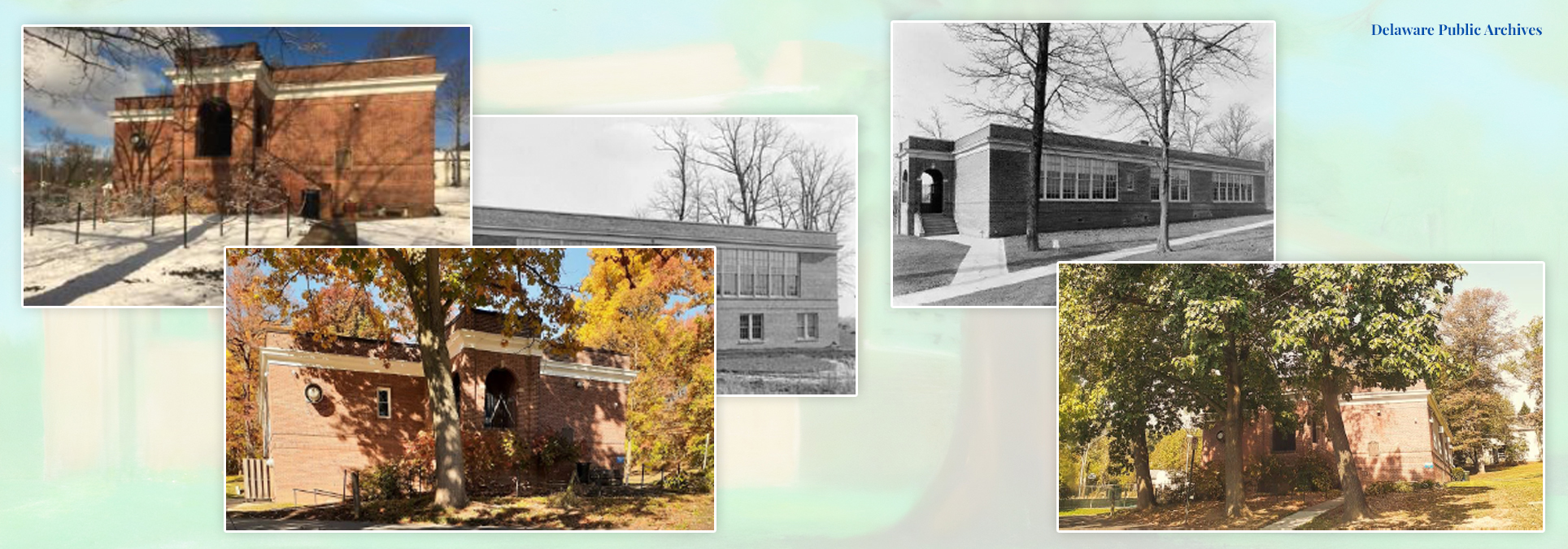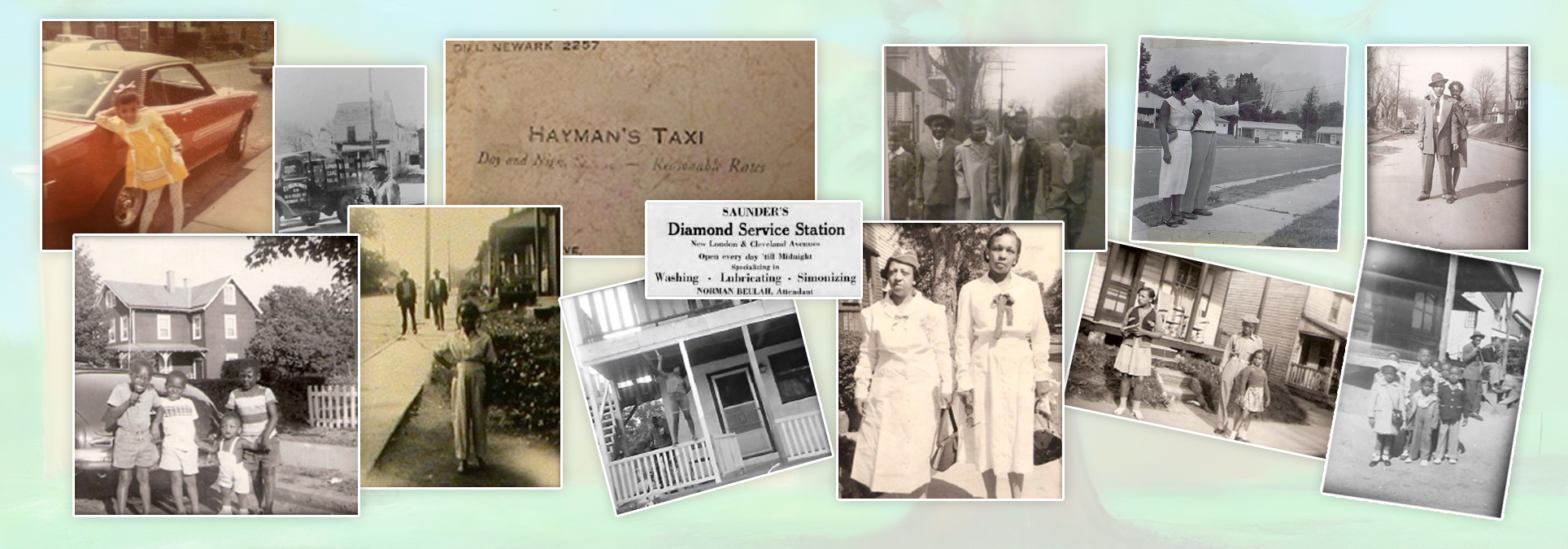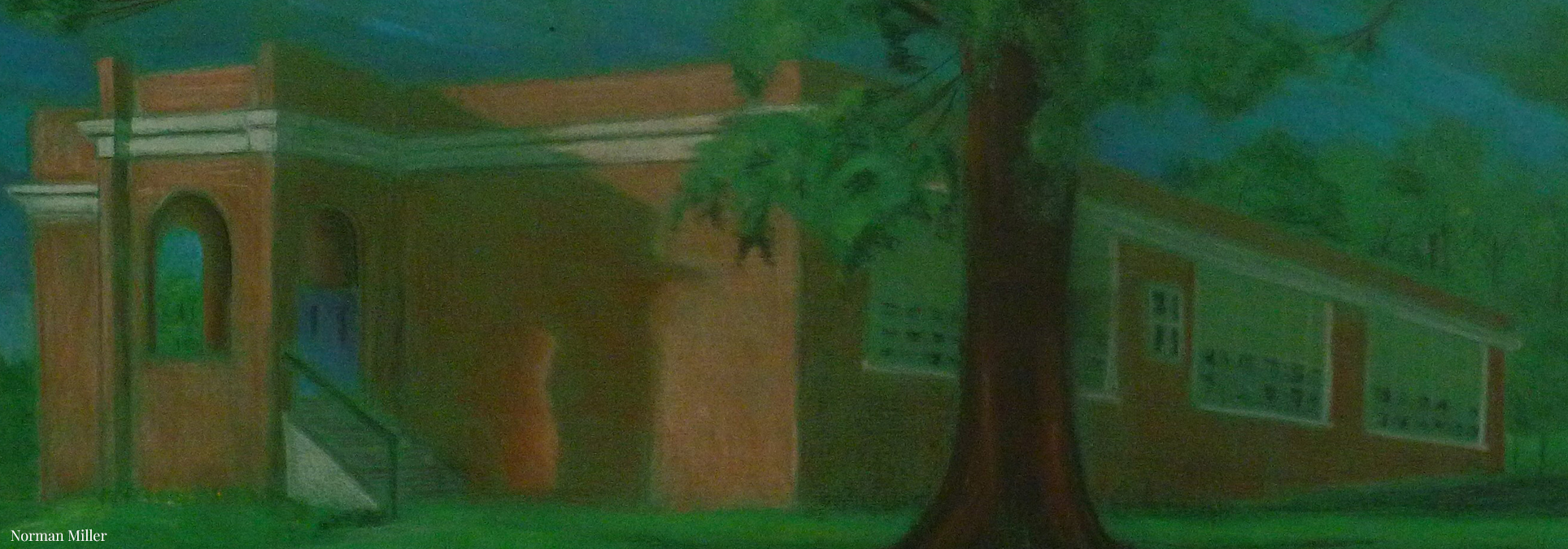The George Wilson Community Center, located at 303 New London Road, which is owned and operated by the City of Newark Parks and Recreation Department, is not an ordinary community center. The building has great historical significance as a landmark in the Newark community. The building was built because there was a need for a new school for African Americans.
The first school for Newark’s African American children was one organized by John Congo in 1860. This school was housed in the Congo home at the intersection of Corbit Street and New London Road (the Avenue). By about 1866 this school had grown sufficiently to move into a larger schoolhouse (South side of East Cleveland Ave).
Pierre S. duPont, then president of E.I. duPont de Nemours and Company and chairman of the Board of Directors of General Motors Corporation, was appointed (effective July 1, 1919) to the new State Board of Education, at which time he resigned from his business operations and began devoting much of his time to the cause of education. Between 1919 and 1928 he personally financed the construction of more than 80 schools for African Americans. The Newark school for black students on Cleveland Avenue (like others in Delaware, given the curious title “Newark Public School”) was one of those replaced under the duPont gift. The property where the George Wilson Center sits was purchased on October 14, 1921. “Following the offer of Mr. Pierre S. duPont, the School Auxiliary Association has purchased from H. Warner McNeal a lot of 5 acres on New London Avenue which will be the site for the new school building for colored children.”
The school opened on September 5, 1922. “Dr Joseph H. Odell on Saturday, September 2, 1922, in the absence of Dr. Walt Steel, made the presentation speech at the opening exercises held at the new colored schoolhouse on New London Avenue.” (“Presentation Exercises at Colored School”). Throughout its history, the school was staffed by highly intelligent, highly educated teachers whose students became doctors, lawyers, ambassadors, professional athletes, pharmacists, dentists, professors, teachers, scientists, artists, musicians, etc.
The school became a gathering place for the African American community during non-school hours. It was nicknamed School Hill because the building and grounds sit near the beginning of an endless, sweeping hill that climbs from Corbit Street to the Pennsylvania line. “When school let out, the children of Newark made School Hill their second home. It became the biggest meeting place in town where everyone seemed to go. That’s where they went to have fun, to play baseball, football, or basketball, or just to hear what the older kids were talking about.” (People Were Close) The school was a community center for health programs, night school, WWII draft sign-up, teen clubs, concerts, etc.
The building functioned as a school until 1958, when School Hill students were integrated into other Newark Schools. Friends of School Hill Association is committed to seeing that everyone who enjoys the services at the George Wilson Community Center (named for the first Black City of Newark council member) will know the full, illustrious history of the New London Avene School building and grounds upon which they tread. ~ excerpted from City of Newark, DE website.









